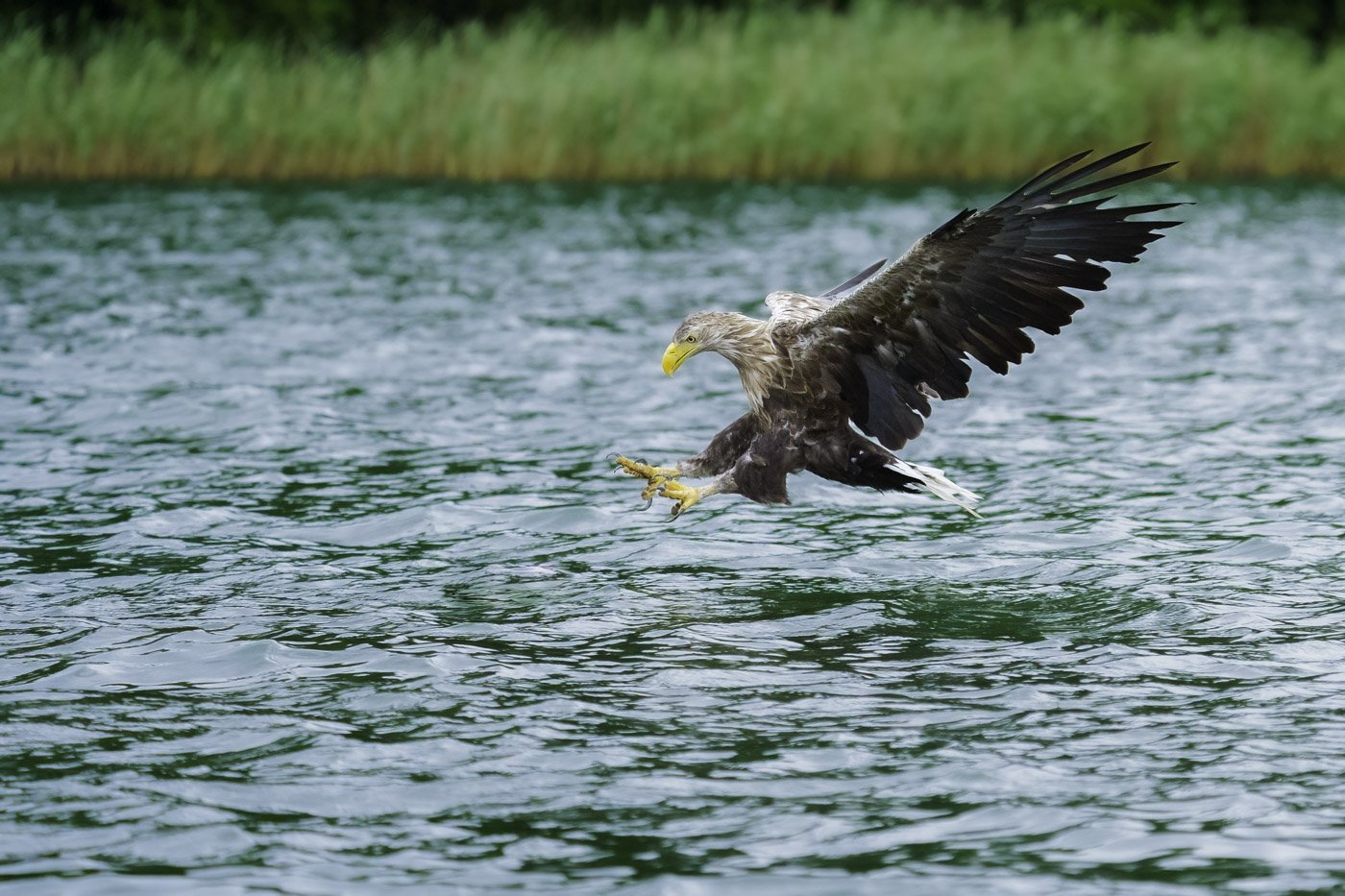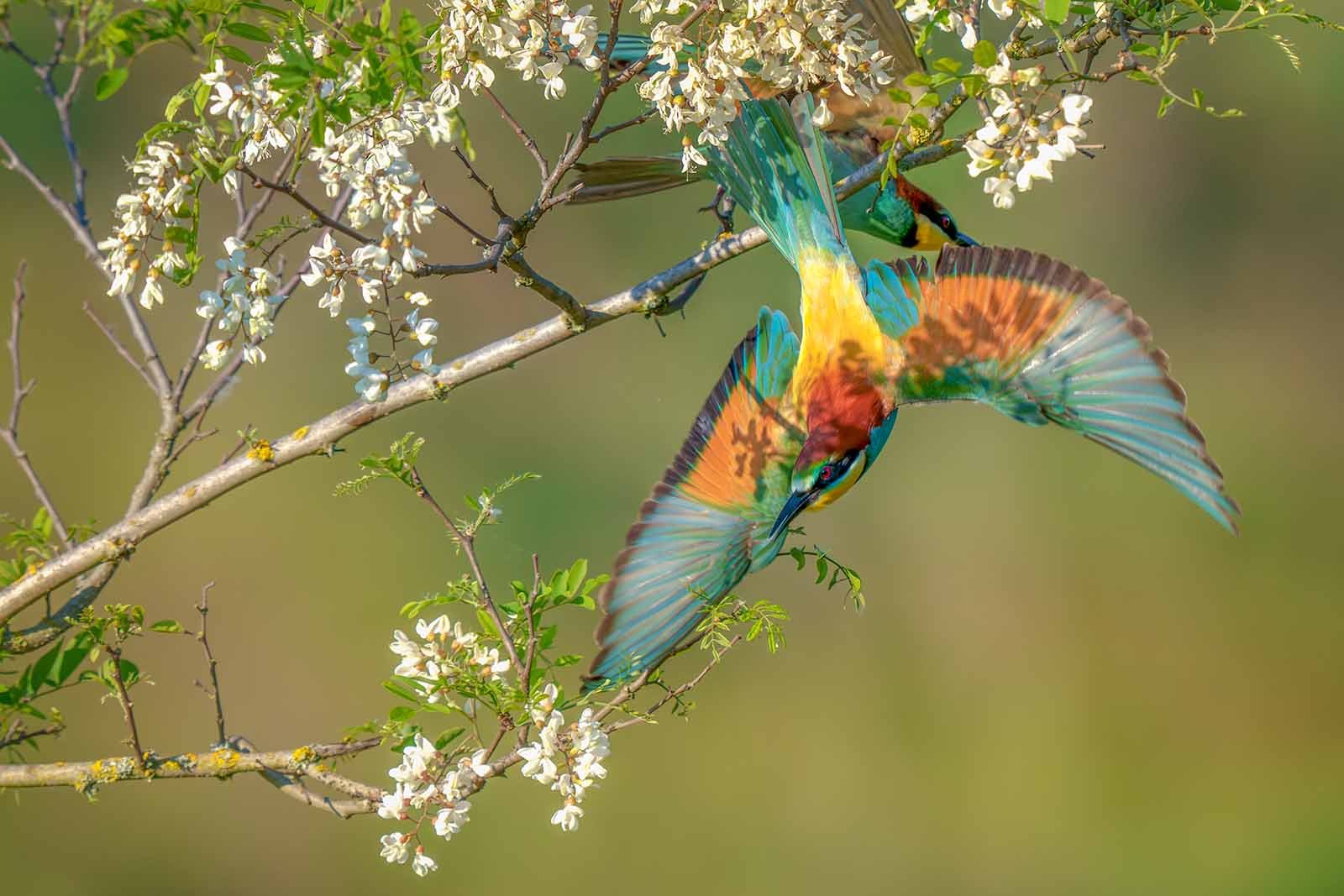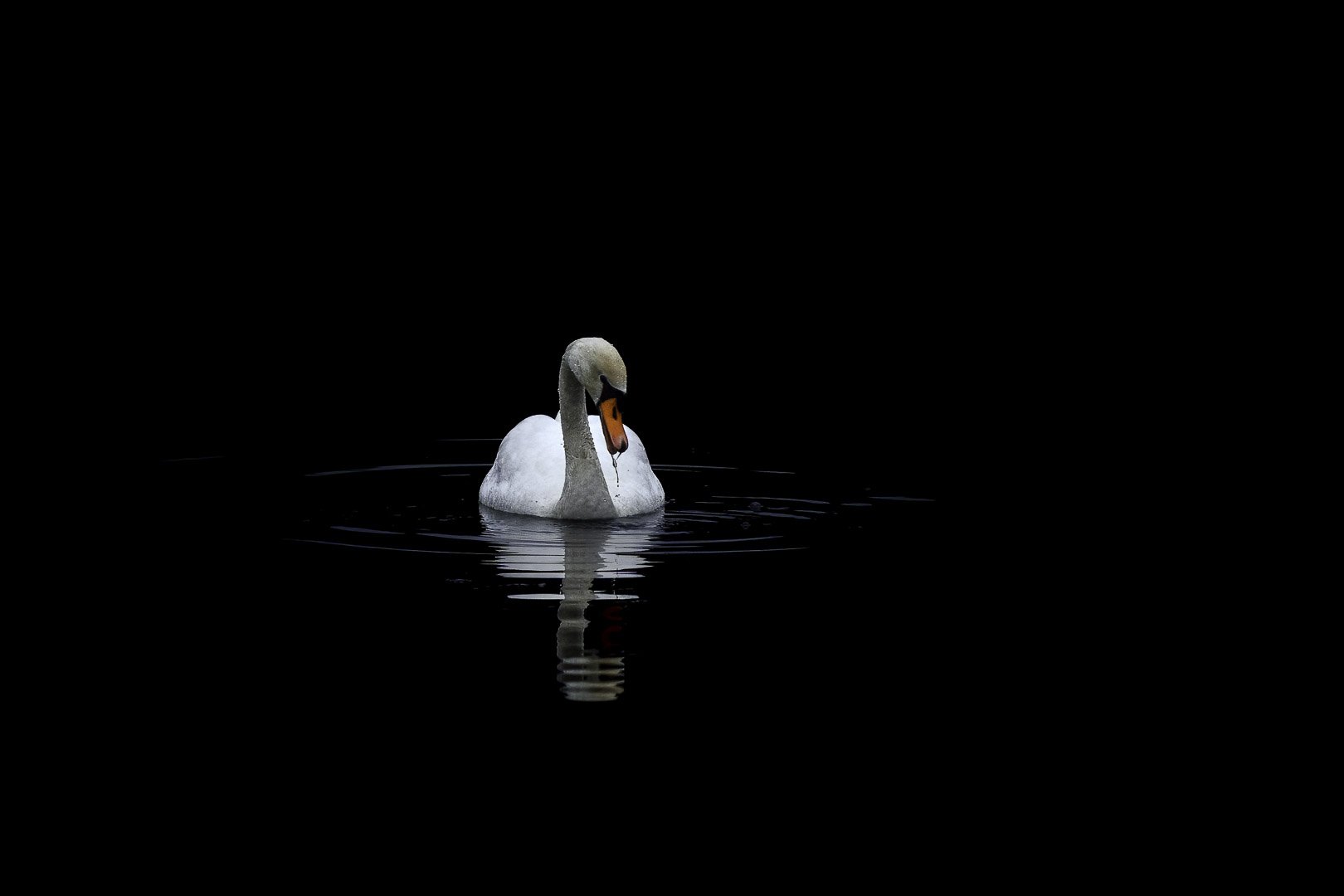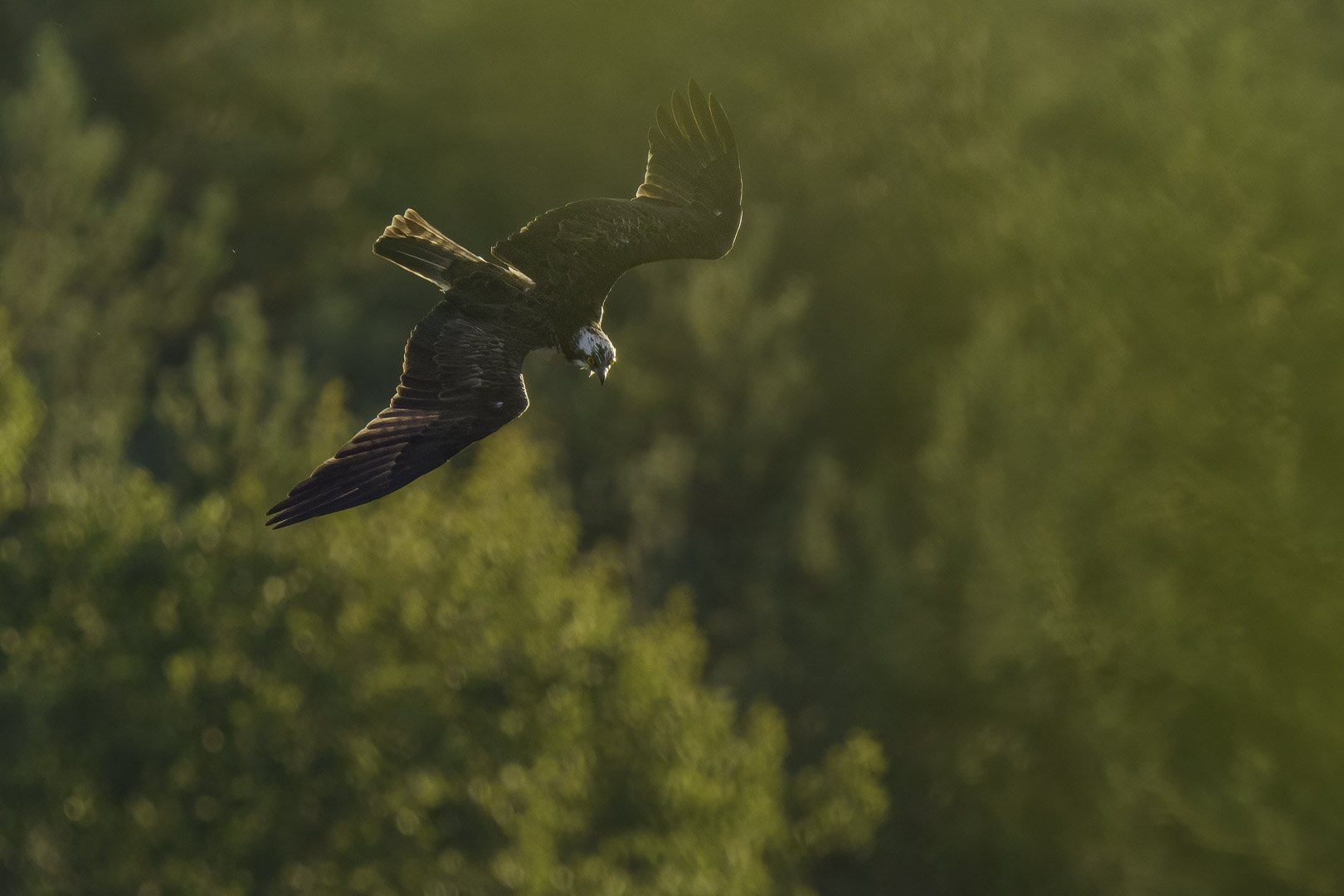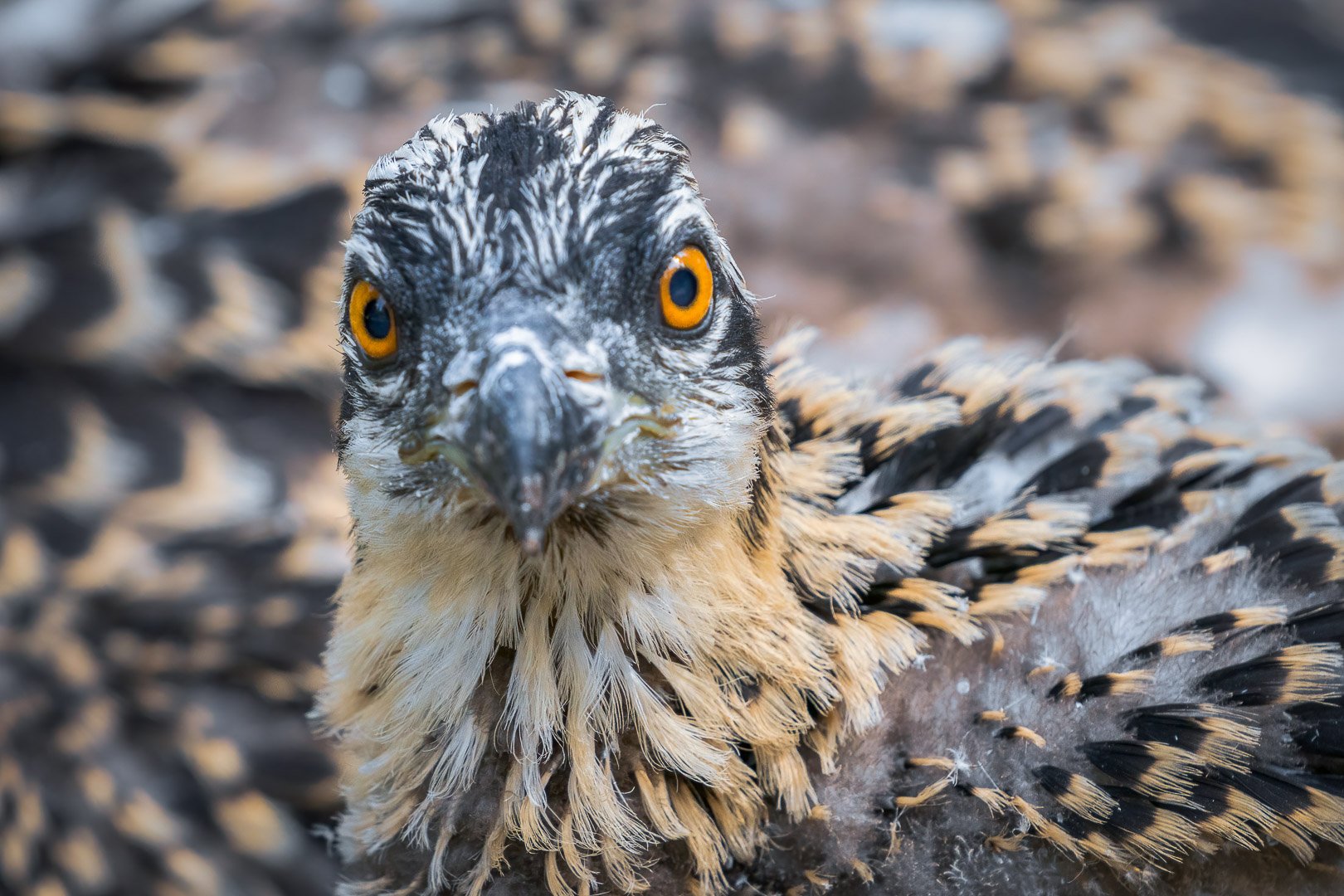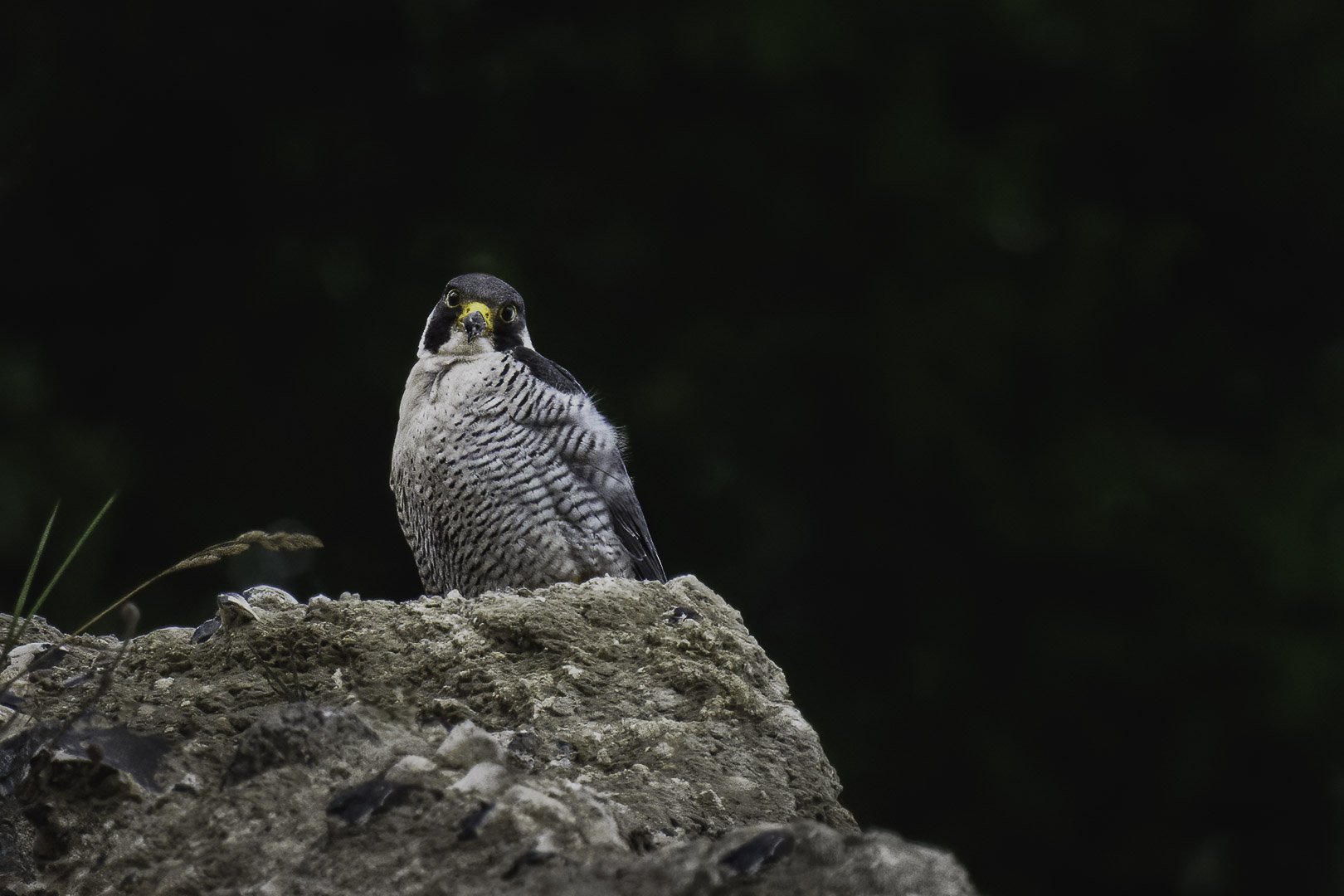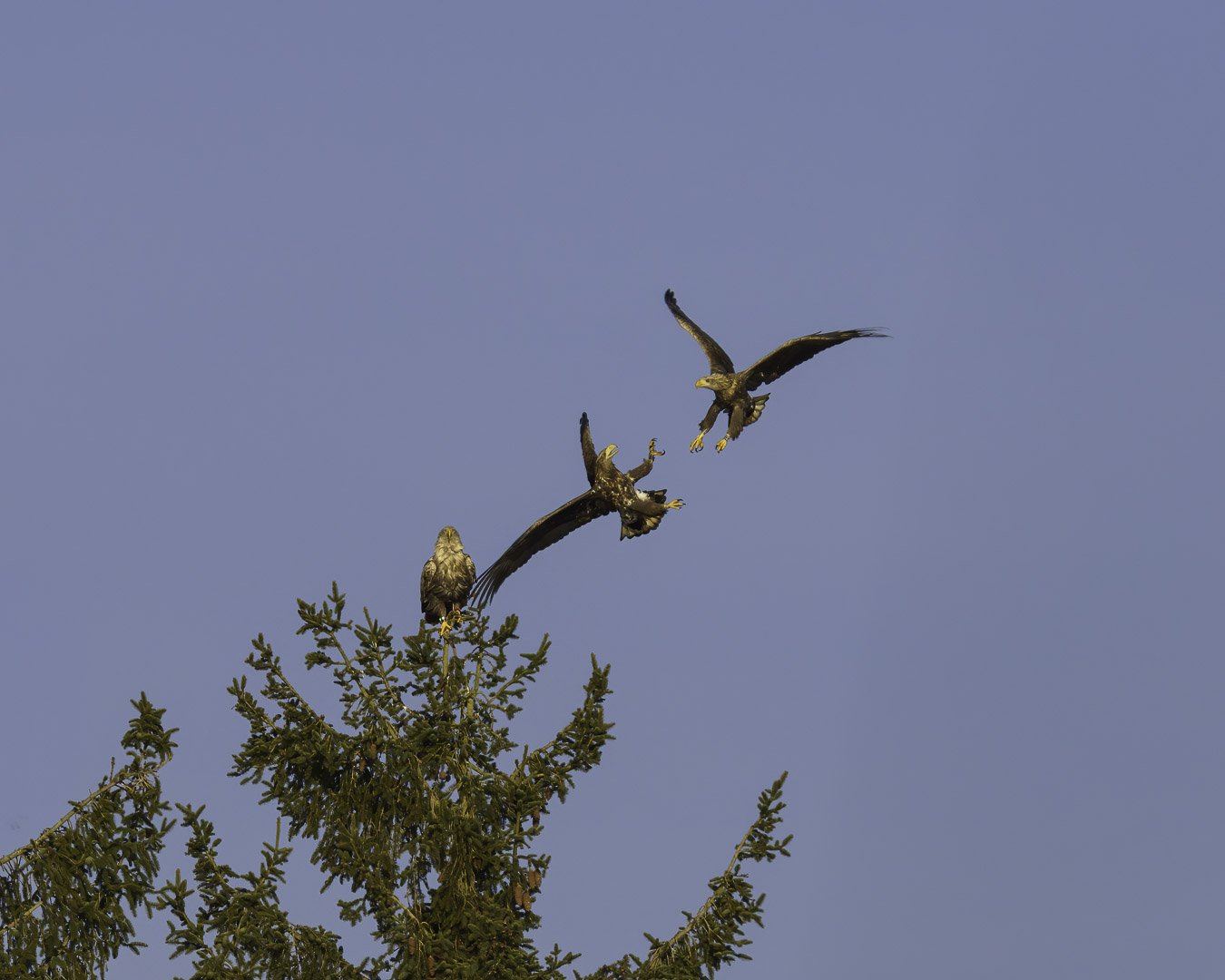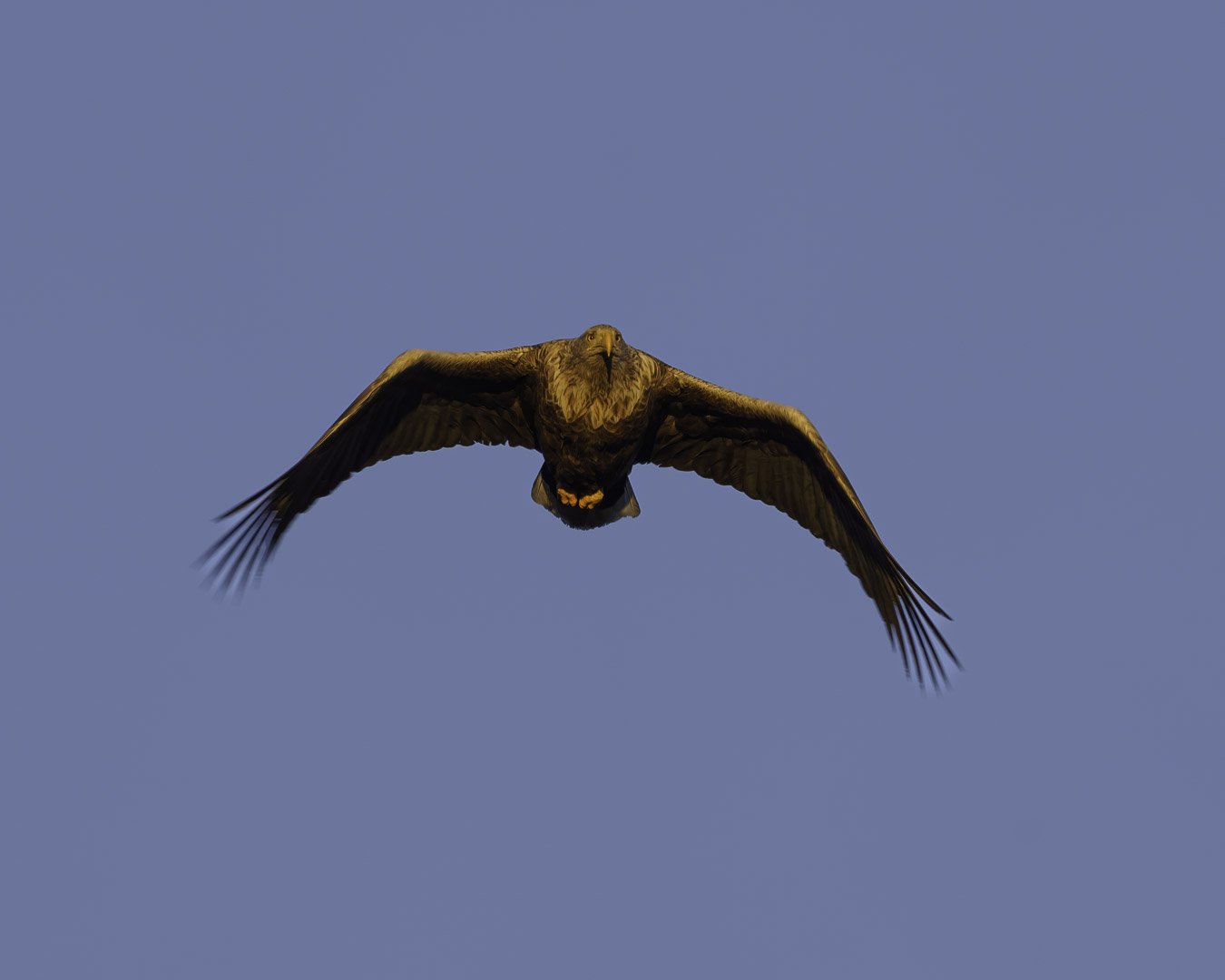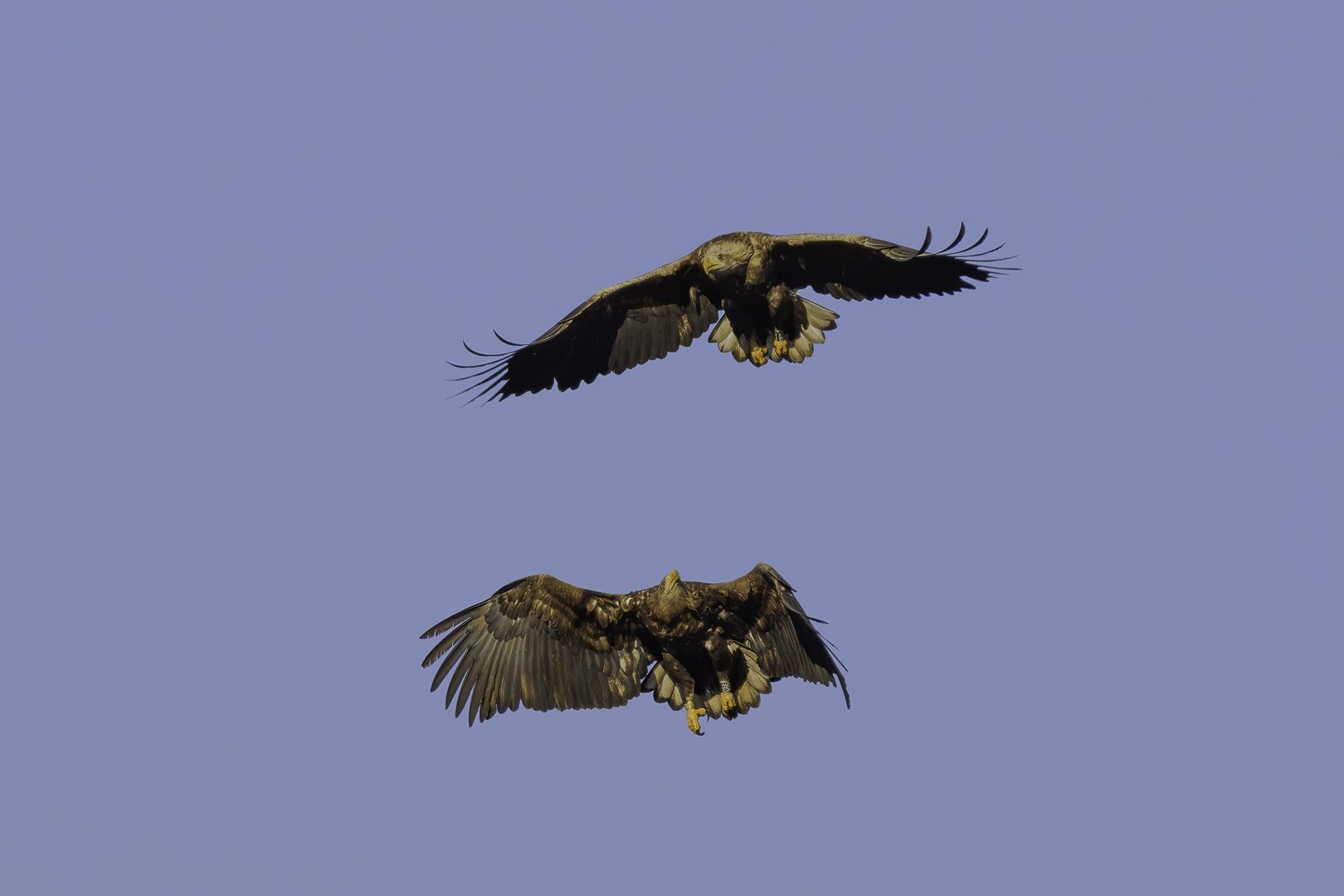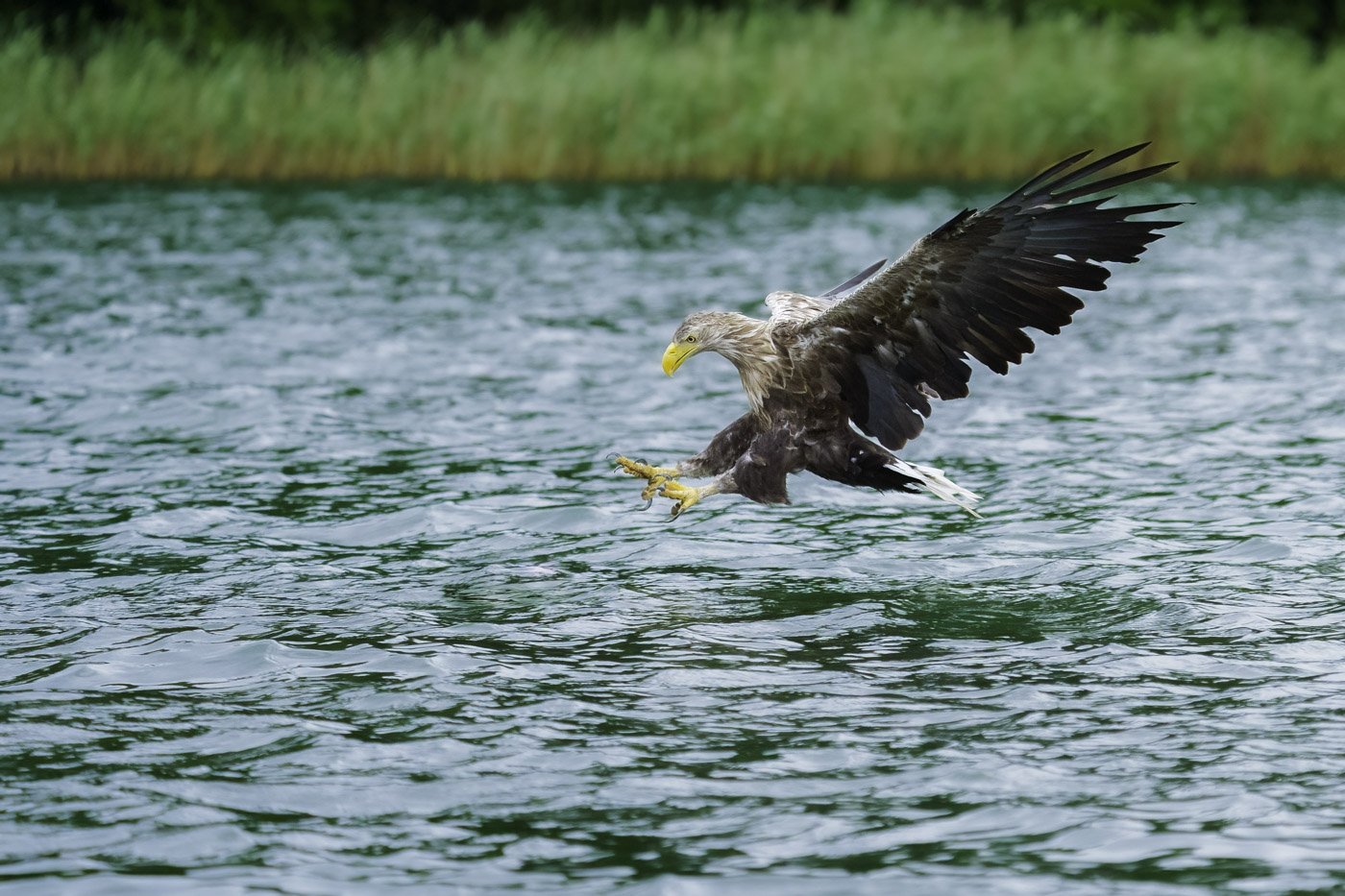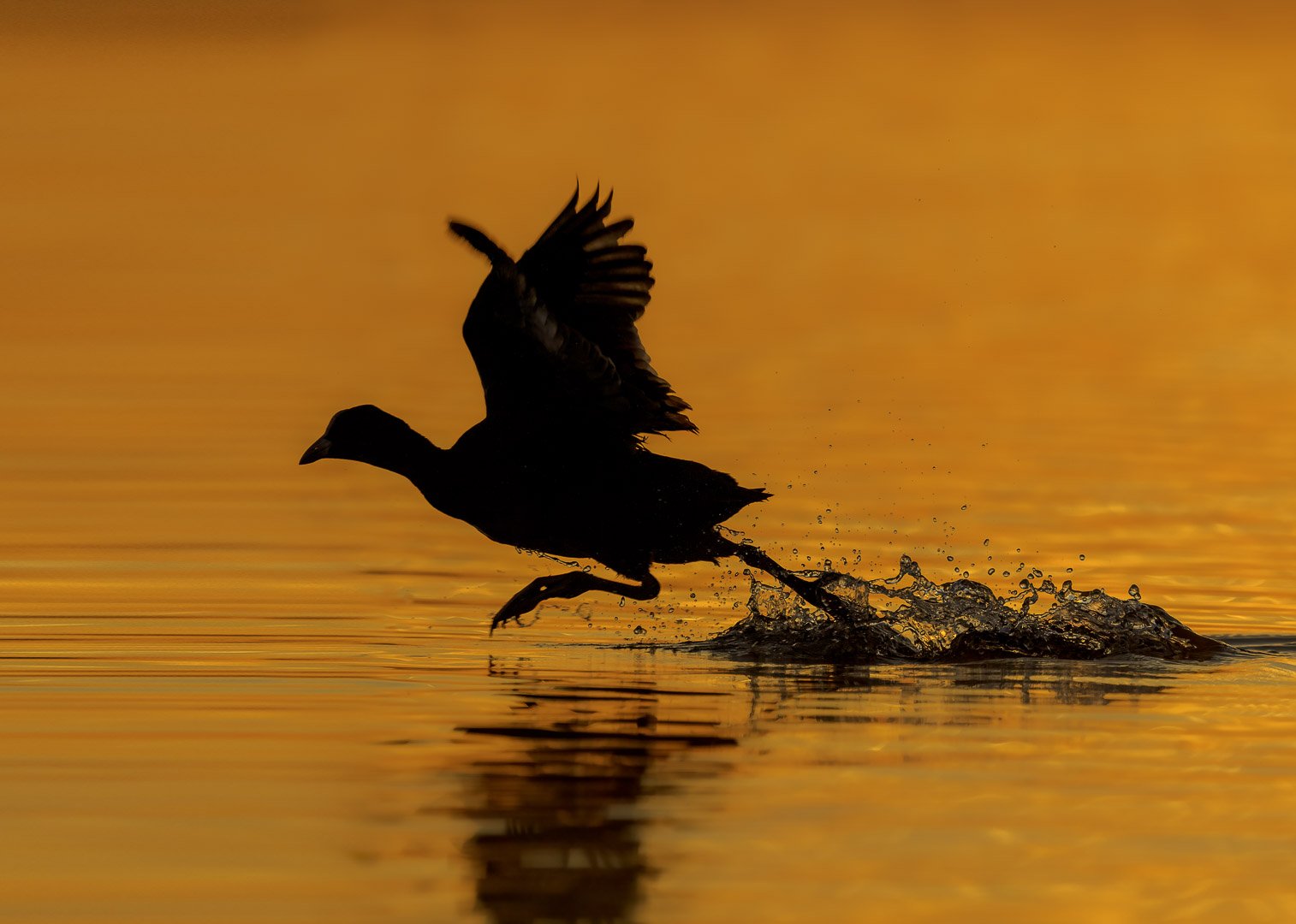Photographing White-Tailed Eagles in Upper Palatinate #1
White-Tailed Eagle (Haliaeetus albicilla) Hunting on the Lake
Part 1 - Experiences
Finally, it's March, spring is making itself known, and the wildlife is slowly awakening from its slumber. I've been waiting for this all winter – not that winter doesn't have its charms in Germany, if you like them 😜
In this series of articles, I want to share my experiences and approach to photographing White-Tailed Eagle (Haliaeetus albicilla) in Bavaria.
In the last two years of wildlife photography, I have found that between October and March, the chances of capturing the largest eagle in Europe in my "photo hood" are quite good. This is an experience I gained through pure observation.
Generally, you need to be fortunate to live in an area in Germany where there are still/again White-Tailed Eagle. Even if the nature around your home is blessed with such animals, there is no guarantee that you will spot these birds of prey or get close enough to photograph them. These animals are very shy and sensitive. They have a high flight distance, about 400 meters, which means that the birds will quickly take off if they perceive a threat, such as a human within 400 meters.
I don't need to mention that White-Tailed Eagle have excellent vision. By now, it should be clear that the impressive close-up shots of White-Tailed Eagle (Haliaeetus albicilla) you see daily on social media do not come from a simple walk in the woods.
If you're lucky enough to capture an "air shot," a flying eagle with the sky as the background, you should feel fortunate. Especially if such pictures are taken in Bavaria, where the population of these animals is relatively small. Nature photographers from Mecklenburg-Vorpommern are in a better position since that state has the highest density of White-Tailed Eagle in Germany.
But there was another reason that made me hopeful of capturing these animals on camera. From various articles and lectures, I knew that there had been successful breeding efforts in Bavaria over the past 16 years. Young birds are tolerated in the territories of adult birds until they reach sexual maturity and often join groups with other young eagles in food-rich areas. This made me hope that there are many young birds out there. So, it should be possible to see them.
In the past two years, I haven't been able to observe groups of young eagles, but I have seen individual adults and young eagles occasionally.
White-Tailed Eagles in Germany, a Brief Excursion:
-
80 percent of the German population lives in the northeast of the country.
The highest population density is found in Mecklenburg-Vorpommern.
Other federal states include (list is not complete):
- Brandenburg
- Schleswig-Holstein
- Saxony
- Lower Saxony
- Bavaria
-
Germany: 850 breeding pairs - as of 2019
Mecklenburg-Vorpommern: 380 breeding pairs - as of 2019
Bavaria: 23 white-tailed eagle territories - as of 2021
Note: In spring 2006, a pair of white-tailed eagles at Altmühlsee in Bavaria raised two young birds for the first time.
Other federal states include (list is not complete):
Brandenburg: 190 breeding pairs - as of 2016
Schleswig-Holstein: 112 territories - as of 2018
Lower Saxony: Approximately 73 territories - as of 2019
Saxony: Approximately 95 breeding pairs - as of 2019
-
Once white-tailed eagles find a partner and a territory, they remain faithful for life.
Courtship begins in the fall and peaks just before mating in February/March.
-
In Germany, the white-tailed eagle was almost completely eradicated by the end of the 19th century.
Around 1850, a documented pair of white-tailed eagles still nested in Bavaria.
-
Large, forested lakes, ponds, river landscapes, or coastal areas.
-
Wingspan up to 2.50 meters
Body length up to 90 cm
Weight up to 7 kg
-
White-tailed eagles can live up to 30 years old.
-
White-tailed eagles are very sensitive to disturbances.
Humans pose the greatest threat; approaching too close to a nest can cause the eagle to abandon breeding, which has happened multiple times at Chiemsee, Bavaria.
They have a high flight distance of about 400 meters. This means the birds will flee if they perceive a threat, such as a human, at this distance.
Don't get discouraged!
Sooo, after all the information and potentially discouraging facts about the chances of getting a reasonably good photo of a white-tailed eagle in the wild, I will tell you in the second part of my story, “Photographing White-Tailed Eagles in Upper Palatinate — Approach,” that it is indeed possible! I will discuss my approach and initial successes. And all this without disturbing the animals!
See you soon,
Markus!
Gallery:
In this gallery, I want to show some shots I took between 2020 and 2021. The pictures taken in Bavaria were always a matter of luck and unplanned. I wanted to change that in 2022, which I will report on in this series of articles.

